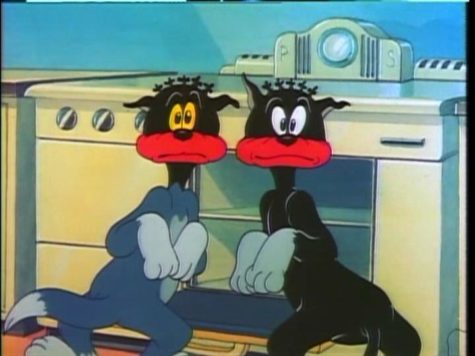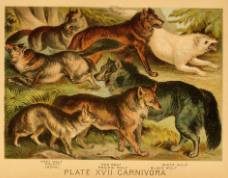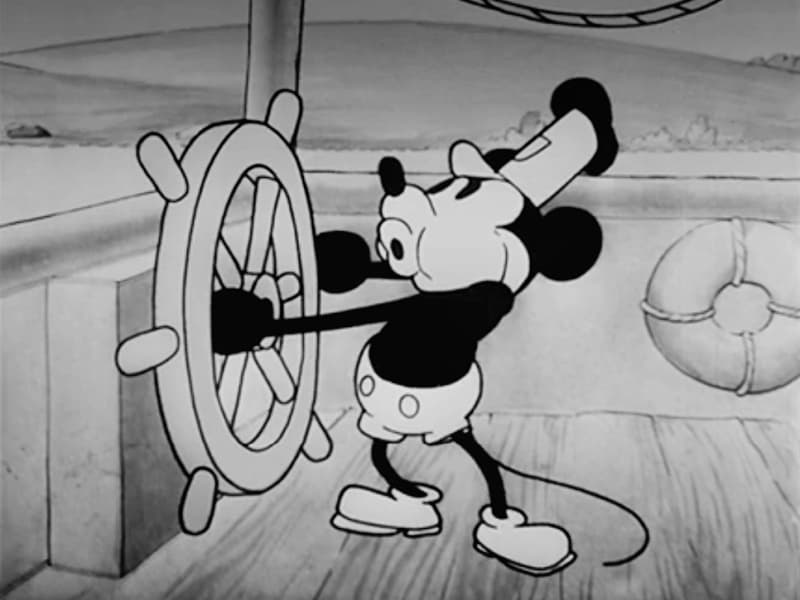Companies’ Animation History
September 24, 2021
We’ve all grown up watching Disney, Pixar, or even Blue Sky Studios as kids. During our childhood years, we didn’t bat an eye when it came to the racism shown in several films. Until now. Disney has a historic background that they’ve kept hidden, even to this day. But why? Is it because Disney is aware of their past mistakes, yet does very little to improve? Shown in their past and present mistakes, they’ve continued with very little improvement on changing
They’ve been accused several times, and rightfully so, of turning POC, especially African Americans, into animals a great number of times. Many can argue that it wasn’t intentional and just bad timing. However I beg to differ, their first princess that was of color was Tiana, from Princess and the Frog. When Tiana had her screen time, she spent most of her time as a frog, and the same goes for Prince Naveen. This doesn’t just apply to Princess and the Frog or Disney but all of the studios. For example, Soul from Pixar’s first-ever black male lead and Spies in Disguise from Blue Sky Studios with their first-ever black male lead as well.
This event has not just happened to African Americans but also a whole variety of POC. For example, Kuzco, who is of Native American descent that turned into a llama but wasn’t the first Native American lead featured in an animation film. That would go to Pocahontas, released in 1995. She was never turned into an animal, but the movie was made from the view of the white savior complex. Another popular film with this mistake is Brother Bear. The film is focused on a boy named Kenai, who is Inuit, but the village is heavily inspired by Native American tribes. Kenai is also shown turning into a bear. But why is this such a big problem? You might be thinking that there are also white characters in films turning into animals too.
However, this argument is flawed, you can see this in Beauty and the Beast. What makes the difference between the POC and whites? Well, in Beauty and the Beast, the Beast is obviously the one who is the creature, the film came out in 1991, so this isn’t the first white character, let alone the first white male character, to be shown in an animation film. But, he is the first white male to be shown as a creature, yet the first black woman lead happens to turn into an animal for most of her time. Not to mention, the Beast isn’t even the main character in the film, but just happens to be a creature. Nonetheless, let’s say it was accidental, that still doesn’t excuse them from turning Tiana into a frog. There are many films showing valuable lessons without turning any characters into creatures but instead as toys or objects that still keep human characteristics. For example, Pinocchio, Gnomeo and Juliet, the Toy Story movies, etc. This situation could’ve been avoided and the film would have still been great. We’re allowed to like the movies they’ve released but that doesn’t mean we can’t criticize it.
The problem here is that there are mostly white character leads and fewer POC leads and whenever we do get POC leads the majority of them turn into animals compared to the white leads. But what about POC leads who don’t turn into animals? Whenever we get a POC lead in a film it either comes out inaccurate or as misrepresentation. This problem isn’t just recent, it’s been going on for centuries when animation first started. When minstrel shows became a hit it soon wove itself into animation. Take a look at Tom and Jerry, a kids show, innocent right? However, this show shows a lot of racism that was done in minstrel shows. Whenever a character gets “blown” near the face they show these stereotypes. Like the twirled hair, big lips, etc, and this goes for a lot of films out there. Some are subtle while others mostly aren’t.
Let’s take a look at the white gloves. Disney claims they wanted Mickey Mouse to have human-like hands and adding gloves can also reduce the time for animation. None of these statements are false, however, it’s not the full history either. When minstrel shows began to become popular, it was the standard part for blackface performers to wear white gloves. Thus the popularity of the white glov

es. This just lets you think, what are other things that are deeper than what they are?
Additional Information can be found here: https://theunreadinitiative.org/2021/03/29/the-lack-of-diversity-in-disney/











































































































































Belen • Sep 27, 2021 at 10:23 am
It a really interesting topic, and it’s really well presented.